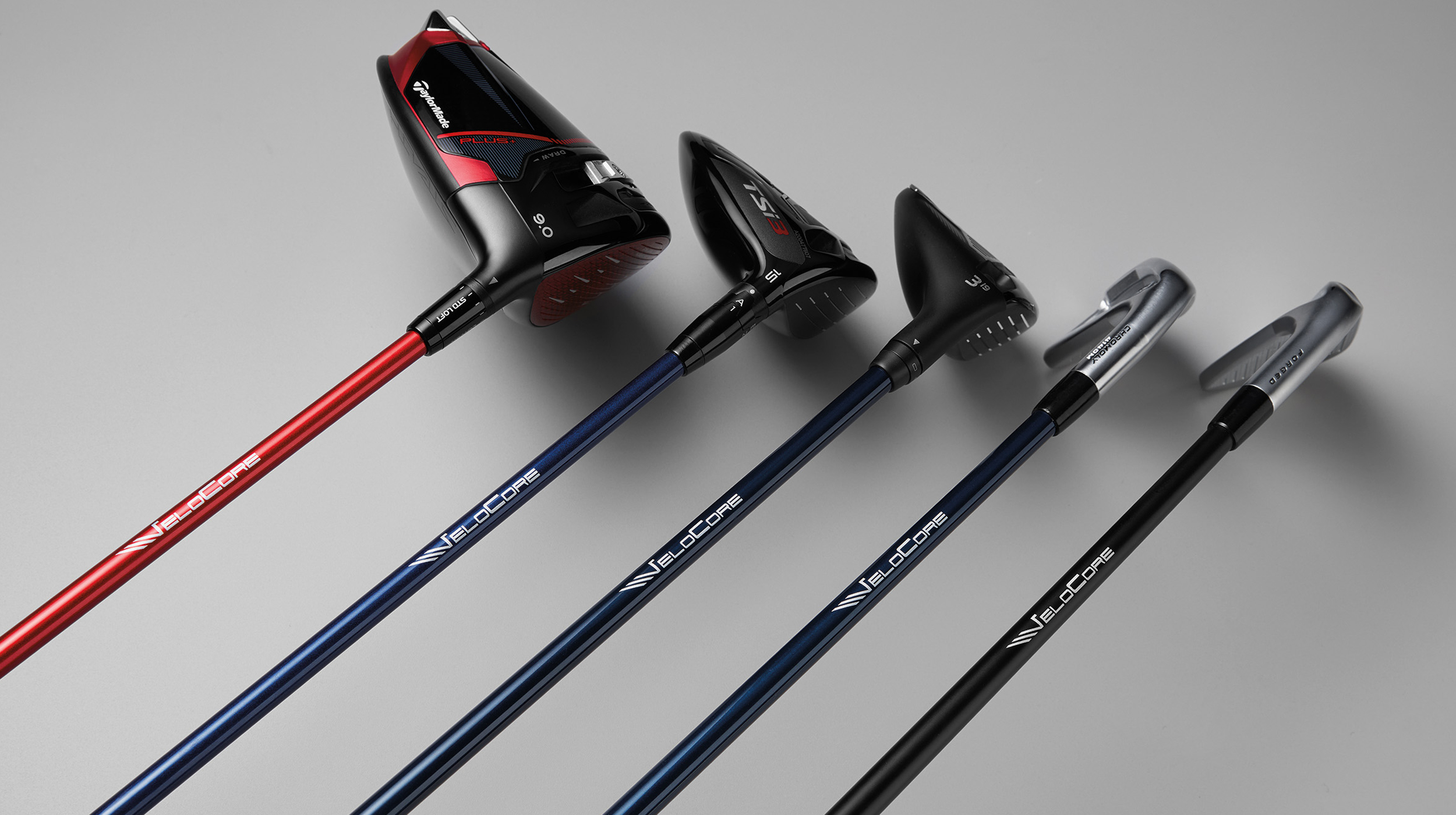
Fujikura has been at the forefront of design and development to produce the world’s best golf shafts since arriving in America in 1994. The brand can boast a rich heritage, with many of the world leading players placing their trust in the Japanese brand as well as club golfers of all different levels around the globe.
A golf shaft is not just a golf shaft - neither is it simply a matter of weight changing from one shaft to the next to suit different swing types/speeds. Anyone who has been for a custom fitting will appreciate just how performance can be tweaked as you go through the fitting process and try different shafts.
The type of golf shaft that you use is crucial - it's the engine that makes the clubhead work. No golf swing is exactly the same; swing speeds vary and we all load the club in different ways, which explains why there are so many different types of golf shaft.
Fujikura launched its iconic Speeder shafts 25 years ago, when the 757 debuted on the PGA Tour. It paved the way for a revolution in the golf shaft industry, and it wasn’t long before Fujikura took its place as number one in the driver, wood and hybrid categories. Here, we take a closer look at the key golf shafts in Fujikura’s line-up.
VENTUS
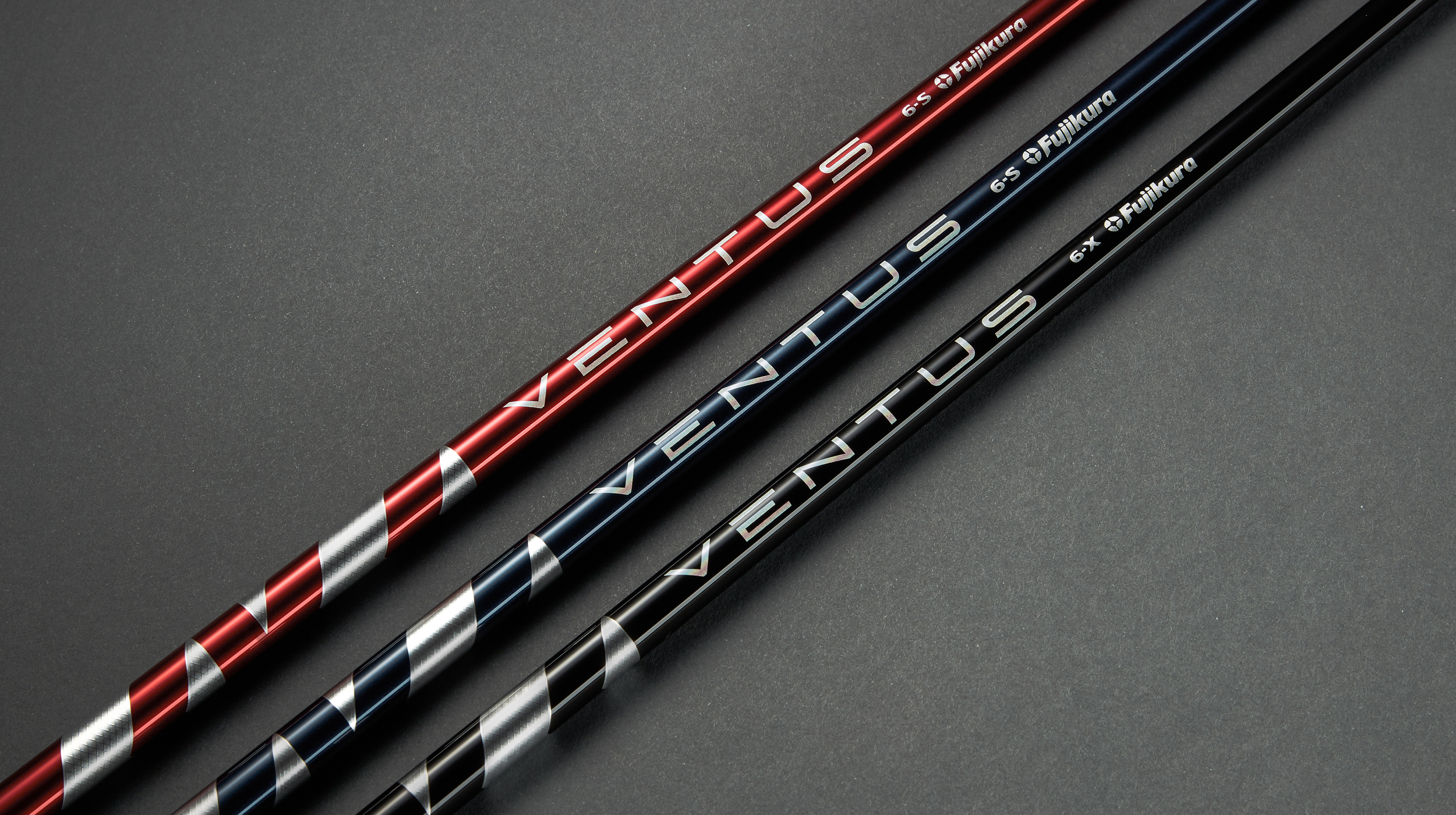
Launched in 2019, VENTUS has quickly become Fujikura’s best-selling shaft line and was the most played driver and wood shaft during the 2020/21 PGA Tour season. Swing speeds on Tour have increased dramatically in recent years, and professionals are constantly looking for ways to tighten their dispersion to find more fairways.
Some shafts with softer tips don't allow for that, so, in VENTUS, Fujikura has created a low torque, stiffer tip profile - the result of which is tighter dispersion, consistently lower spin and faster ball speeds. It's a shaft designed to maximize center face contact and ball speed even on off-center shots, and was the first product to include VeloCore Technology, a multi-material bias core construction technique that delivers ultimate stability through transition and impact (maximizing clubhead MOI) - increasing velocity and smash factor. VENTUS is made with three different launches: Red (mid/high), Blue (mid) and Black (low).
ventus tr
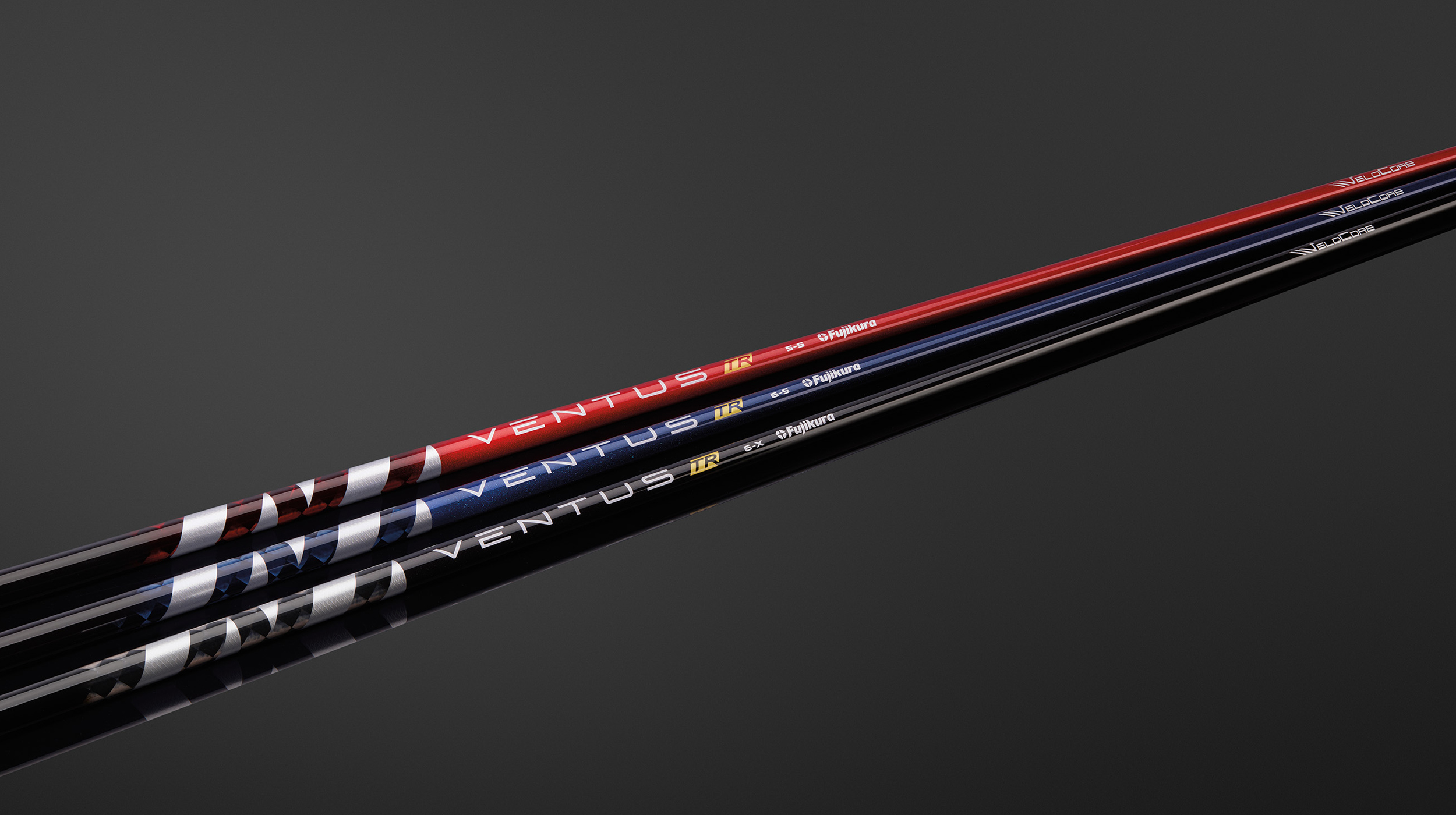
Each VENTUS TR configuration offers similar feel to its original VENTUS counterpart, but with enhanced stiffness and reduced launch and spin. Fujikura identified one of the highest stress points of the shaft during the transition and downswing to be the the mid/handle section. Engineers targeted this specific section on TR by stiffening torque to reduce twist and ovalization, ultimately providing golfers maximum stability.
TR Red features the softest tip section of the TR lineup and will likely appeal to players seeking a mid-high launch profile with controlled spin and increased stability. TR Blue maintains an ultra-stiff tip section for superior control at impact. Meanwhile, increased torsional stiffness creates a profile with enhanced load capabilities for more aggressive swings while maintaining a smooth overall feel.
Then you have TR Black, the stiffest VENTUS profile to date. The ultra-stiff tip and handle sections work in unison to support players with Tour-like speeds that prefer the feeling of minimal to no flex during the swing. As a shaft designed for players with a fast transition, spread tow fabric reinforces the mid/handle section even further, holding up to even the most aggressive moves to the golf ball.
speeder nx
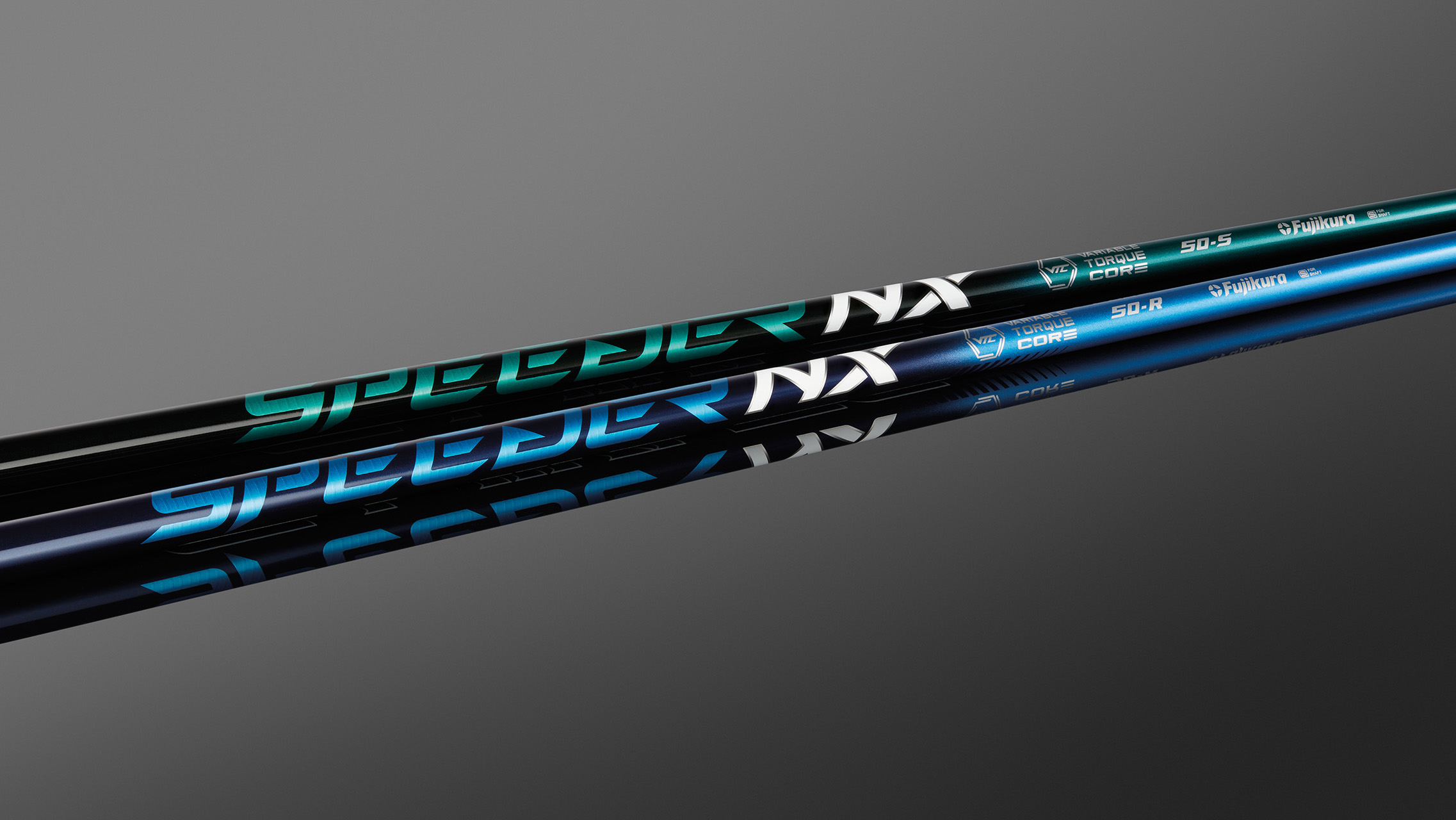
The Speeder NX features features Fujikura's Variable Torque Core (VTC). This line is the first Fujikura product to integrate Variable Torque in its design, utilizing premium materials to refine twisting stiffness in specific regions along the core of the shaft. It's available in two profiles: Speeder NX Blue (mid/high launch - mid/low spin) and Speeder NX Green (mid launch - mid/low spin).
ventus hb
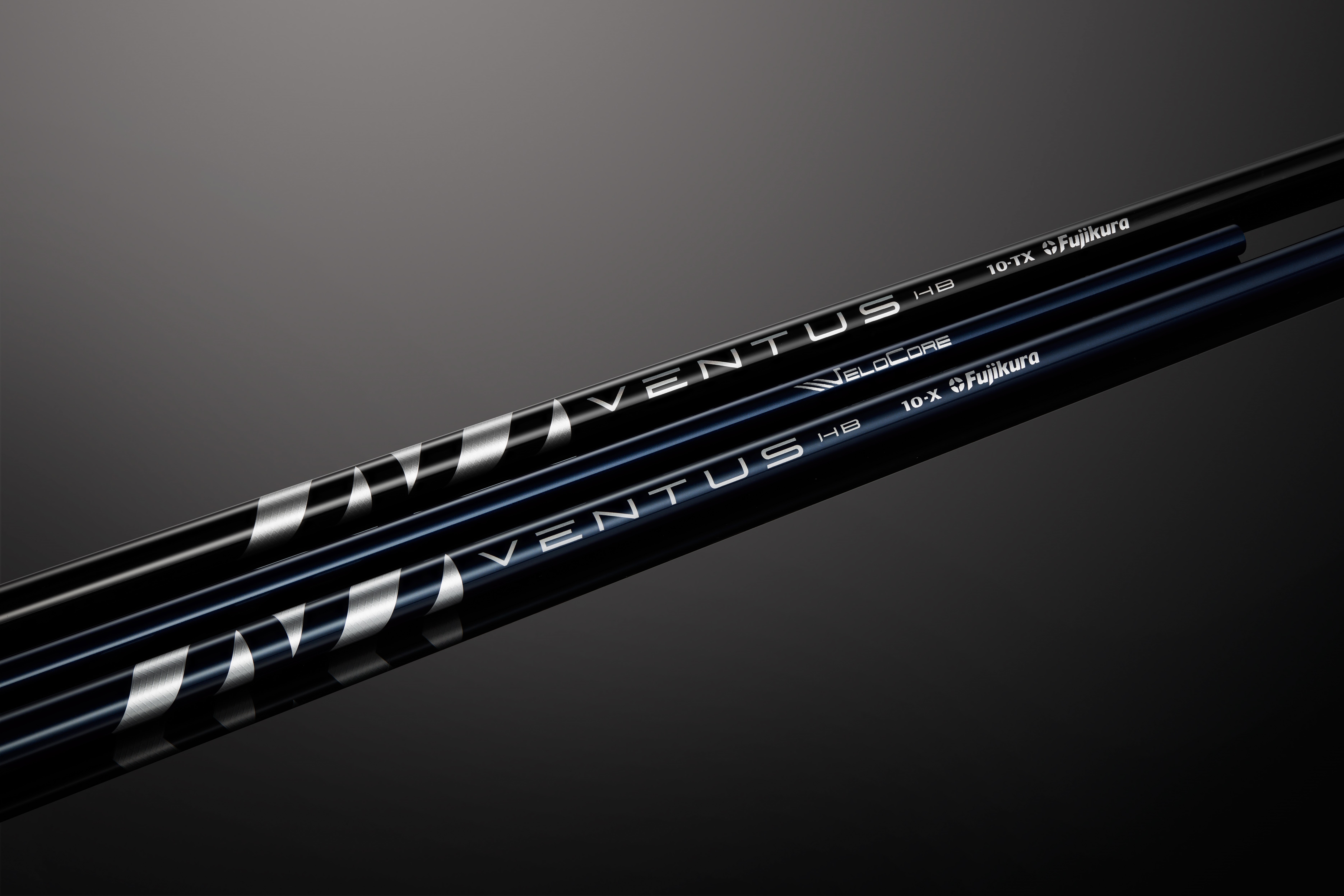
The Ventus HB utilizes the revolutionary benefits of Fujikura’s VeloCore Technology into an ultra-stable, forgiving, high-performance hybrid shaft. Ventus HB was developed to maximize the versatility and forgiveness of today’s hybrids and utilities/rescues through a low-torque, ultra-stiff tip hybrid that’s supported by the velocity and stability of Fujikura’s VeloCore Technology. The full-length low-torque and ultra-stiff tip serve as a stability mechanism through the turf and at impact, providing consistent distances and tightening dispersion.
axiom
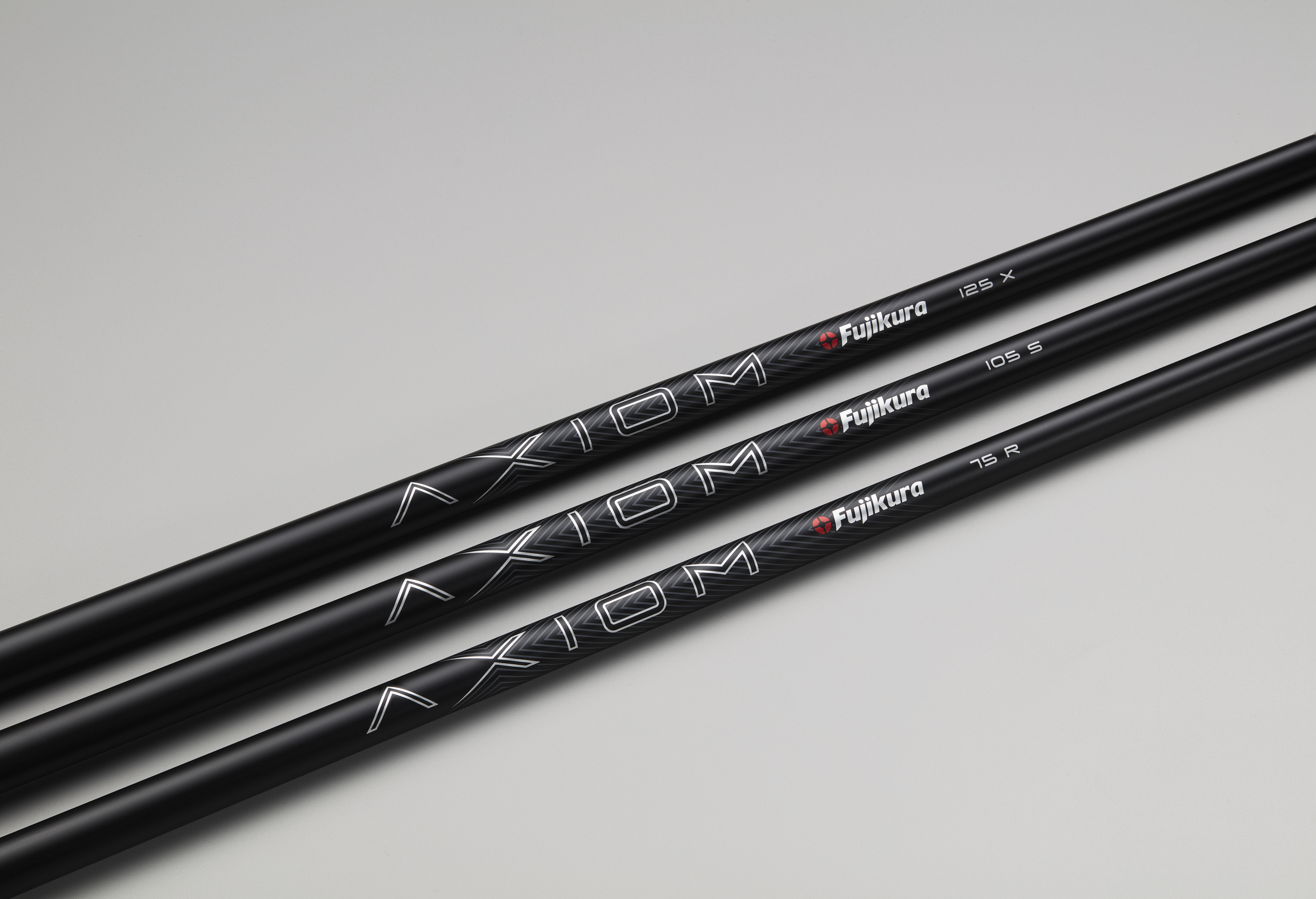
AXIOM shafts are one of the newest additions to the range. Fujikura has created a graphite iron shaft which features the same VeloCore Technology found in VENTUS. The aim being to provide golfers with extra confidence in their iron game through increased ball speeds from better and more consistent center face contact, tightened dispersion (both distance and accuracy) and improved control for more consistent shot patterns.
One of the key design features is that the shafts come in a 3-parallel shaft system. This means the shafts are split between the longer iron shafts (2-4 iron), mid irons (5-7 iron) and the short irons (8-pitching wedge). By doing this, Fujikura has created a way to create constant shaft weight and reduce the need for shaft tipping.
mci wedge

MCI Wedge offers the performance and feel similar to MCI irons in two weights (105, 120) and two different spin options (Solid, Mild). Solid provides higher spin for those golfers who require more approach and greenside spin. The Mild provides less spin than the Solid, while both models were designed to improve spin.
In the new MCI (Metal Composite Irons), Metal Composite Technology was developed to combine the best attributes of steel and graphite into one revolutionary composite shaft.
mc putter
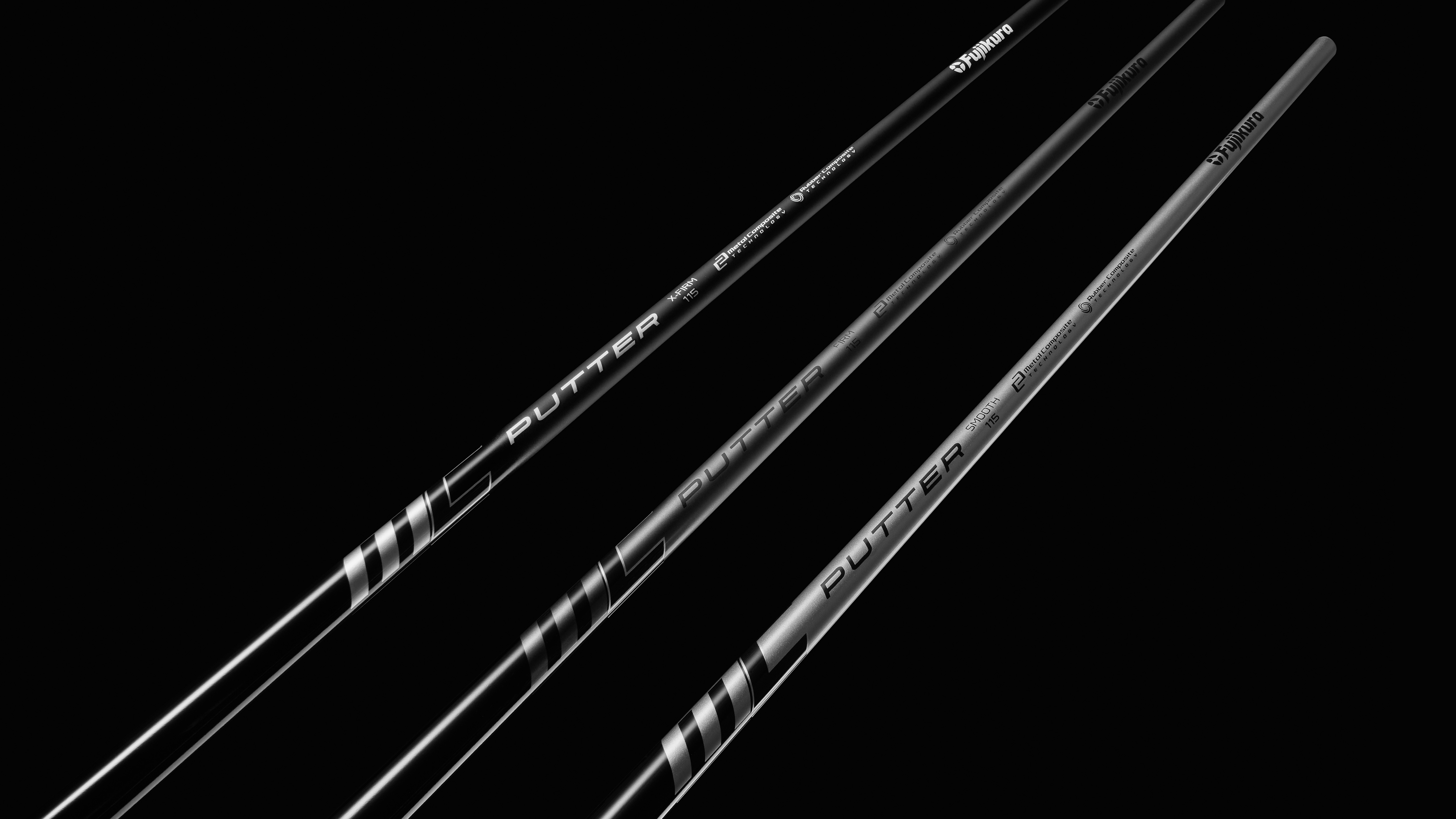
Every golf swing is different, and so too is every putting stroke - and we all have different preferences in terms of feel and where we might need a little assistance to help performance. The MC Putter comes in three versions: Smooth, Firm and X Firm.
Smooth is softer than traditional putter shafts but with ultra-low torque to maintain stability throughout the stroke and off-center strikes - think of it as "R" or "Regular" flex shaft, with traditional steel being "stiff". It's more likely to suit golfers with longer strokes or those who want to feel the putter head more during the stroke.
Meanwhile, Firm is closest to traditional steel in flex, but with much lower torque for stability. The shaft should suit those golfers seeking improved consistency and better, softer feel than steel. Finally, X-Firm (extra firm) is the stiffest putter shaft on the market - think "TX" or "Tour X-Stiff" wood shaft version. It's designed for players seeking zero shaft flex in their stroke, and is geared towards golfers with quicker tempo putting strokes, such as a "pop" stroke.







